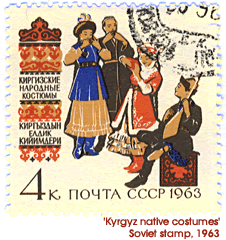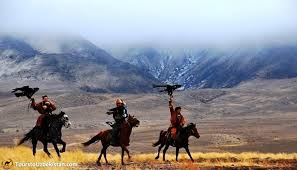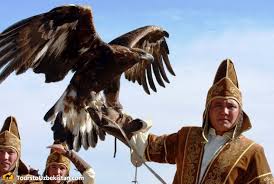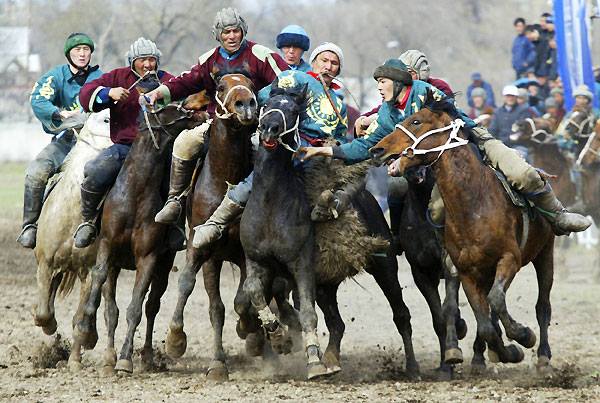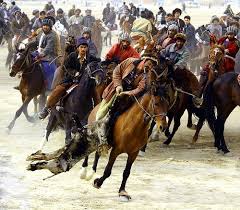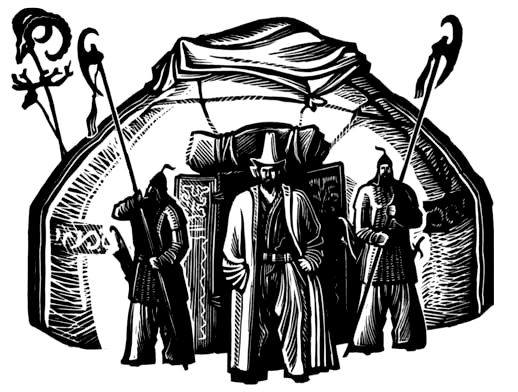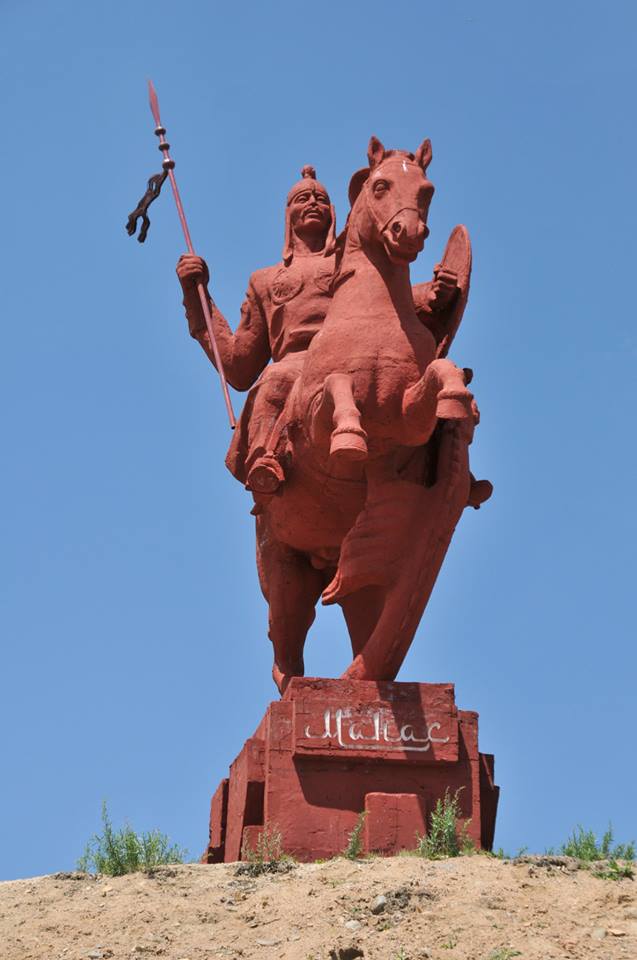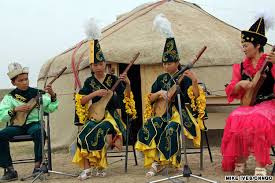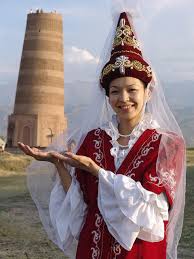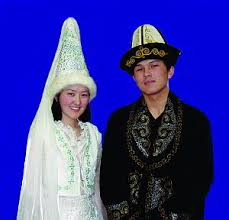
柯爾克孜族(中國標準羅馬字母:Kirgiz[柯爾克孜語:Кыргыз / قىرعىز),也譯作吉爾吉斯族,中亞的一支民族,為吉爾吉斯的主體民族,多信仰伊斯蘭教。中國境內約有16萬柯爾克孜人(2000年),主要分布於新疆西部的克孜勒蘇柯爾克孜自治州。
突厥語 Qırğız,即中國史籍記載的黠戛斯,就是今天的柯爾克孜人,《史記》中最早記錄了柯爾克孜人的情況,稱之為「鬲昆」。兩漢時稱「堅昆」,魏晉南北朝至隋代稱「結骨」、「契骨」、「紇骨」、「護骨」。唐代時根據漢語的音譯通稱為「黠戛斯」。五代十國、遼、宋、金時又稱「紇里迄斯」,大蒙古國和元代時稱「吉利吉斯」等,這些名稱其實都是各時期各種不同的音譯。清代時按准噶爾人的稱呼,稱其為布魯特。乃蠻,欽察,契丹等來自哈薩克汗國的部族屬於吉爾吉斯的「色爾特克勒克」(意為「外部之人」),不屬於吉爾吉斯本部。
吉爾吉斯人原本世代居於西伯利亞南部、葉尼塞河上游的盆地。在漢代受匈奴統治,二世紀中葉後受鮮卑和柔然統治。北齊、隋唐時期先後受突厥汗國、回紇統治,後在840年滅回鶻後獨立過一段時間,一直到924年才被耶律阿保機的大契丹國統治。蒙古帝國時期劃入益蘭州,到17世紀,受到準噶爾汗國蒙古人和俄羅斯帝國人排擠,漸漸遷移到天山北麓的伊塞克湖一帶,即今日吉爾吉斯共和國之地。清高宗乾隆二十二年(1757年)平定準噶爾蒙古後,吉爾吉斯人被滿清統治。後來滿清衰落,在1864年的北京條約將伊犁河及天山一大部份割讓俄國,因為人隨地歸,吉爾吉斯人從此被俄羅斯帝國統治(一部分因為被準噶爾裹脅叛亂被乾隆送交黑龍江富裕縣)。
柯爾克孜人最早信仰原始宗教薩滿教,早期生活在天山南部及中亞等地的柯爾克孜人西元10世紀前後就皈依伊斯蘭教。現代漢語為表區分多對居於中國境內的這一民族常稱「柯爾克孜族」,對居於中亞的這一群體稱為「吉爾吉斯族」。

Present Kyrgyzstan differs from other countries by its unique, virgin, diverse and beautiful nature, by its geographical position which defines a strict change of seasons, but also by its diverse topography (primarily mountains) and favorable policy towards tourism.

94% of the territory of Kyrgyzstan is covered with mountains. It has fantastic gorges filled with the crystal pure air and covered with bright green grass, high fire-trees. The murmur of the water of the tumultuous rivers and waterfalls is the only sound breaking the silence. Every gorge is unique and beautiful in its own way. The plexus of mountains located on the border with China is a location of the highest peaks of the Tien-Shan mountain system - Pobeda Peak (7 439 m) and Khan-Tengri (6 995 m). From this point, the gorges go to the west and south-west creating parallel ranges stretching for 300 to 400 km. The border with Tajikistan is edged by the highest Chon-Alai (Zaalai) range and contains the second highest peak in Kyrgyzstan, the Lenin Peak of 7 134 meters. Kyrgyzstan has some of the largest glaciers resources in the world outside of the polar ice cap. The glaciers occupy 4.2% of the territory of the country with a total surface area of 8 100 sq. km. Kyrgyzstan is interesting by its nature.



 Culture. The basis of the folklore consists of the epics "Manas". The "Manas" holds more than a million lines: it is included in the Guinness book of records as the world's largest epic and is protected by UNESCO as a heritage of humanity. The epic describes the culture, philosophy, ideology, history and traditions of the Kyrgyz people. The epic conveys toponymic, ethno-genetic and historical elements of the kyrgyz heritage.
Culture. The basis of the folklore consists of the epics "Manas". The "Manas" holds more than a million lines: it is included in the Guinness book of records as the world's largest epic and is protected by UNESCO as a heritage of humanity. The epic describes the culture, philosophy, ideology, history and traditions of the Kyrgyz people. The epic conveys toponymic, ethno-genetic and historical elements of the kyrgyz heritage.
Also, popular storytellers, called Akyns, Locals arrange so-called contests akyns "Aitysh." This is a unique and very interesting contest, to which improvising akyns participate, accompanied by komuz, the kyrgyz guitar, and where you can hear a very extensive collection of folk proverbs and sayings.

